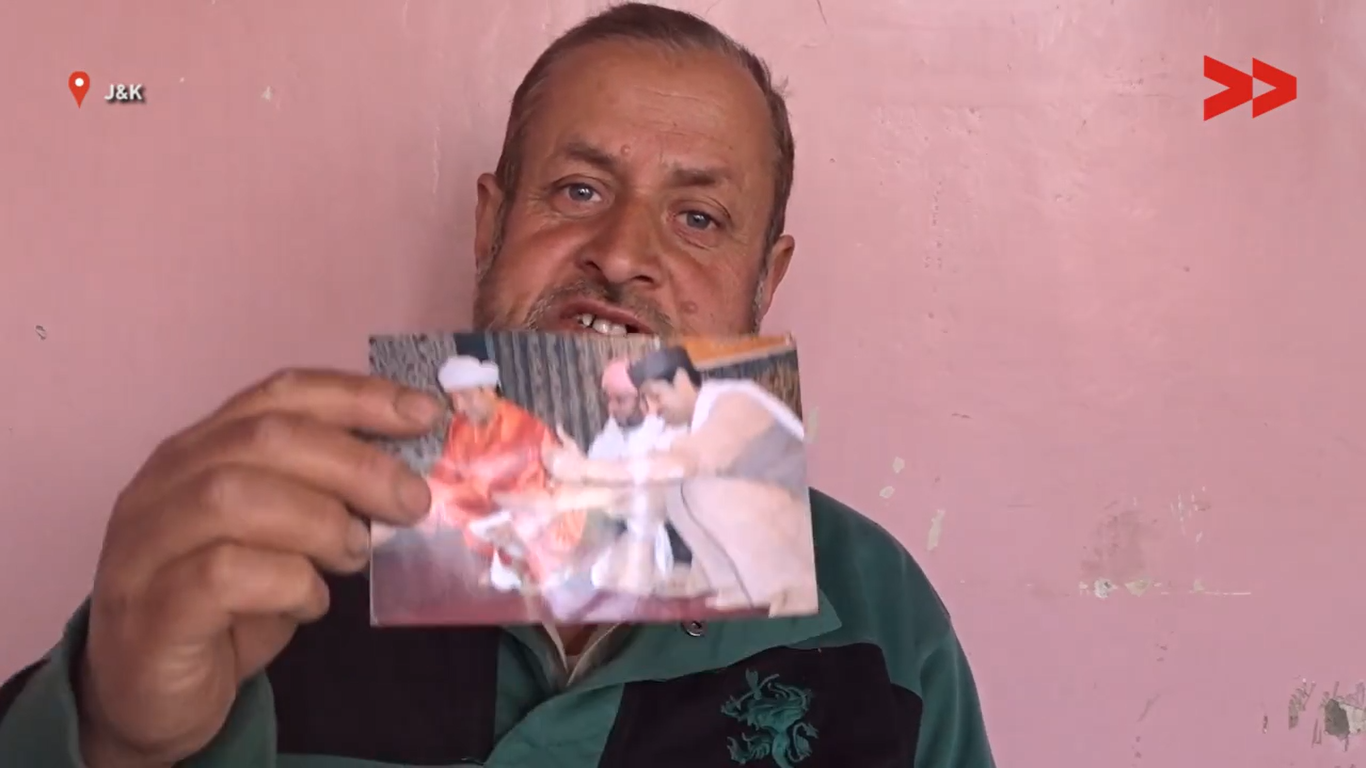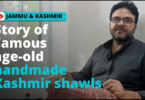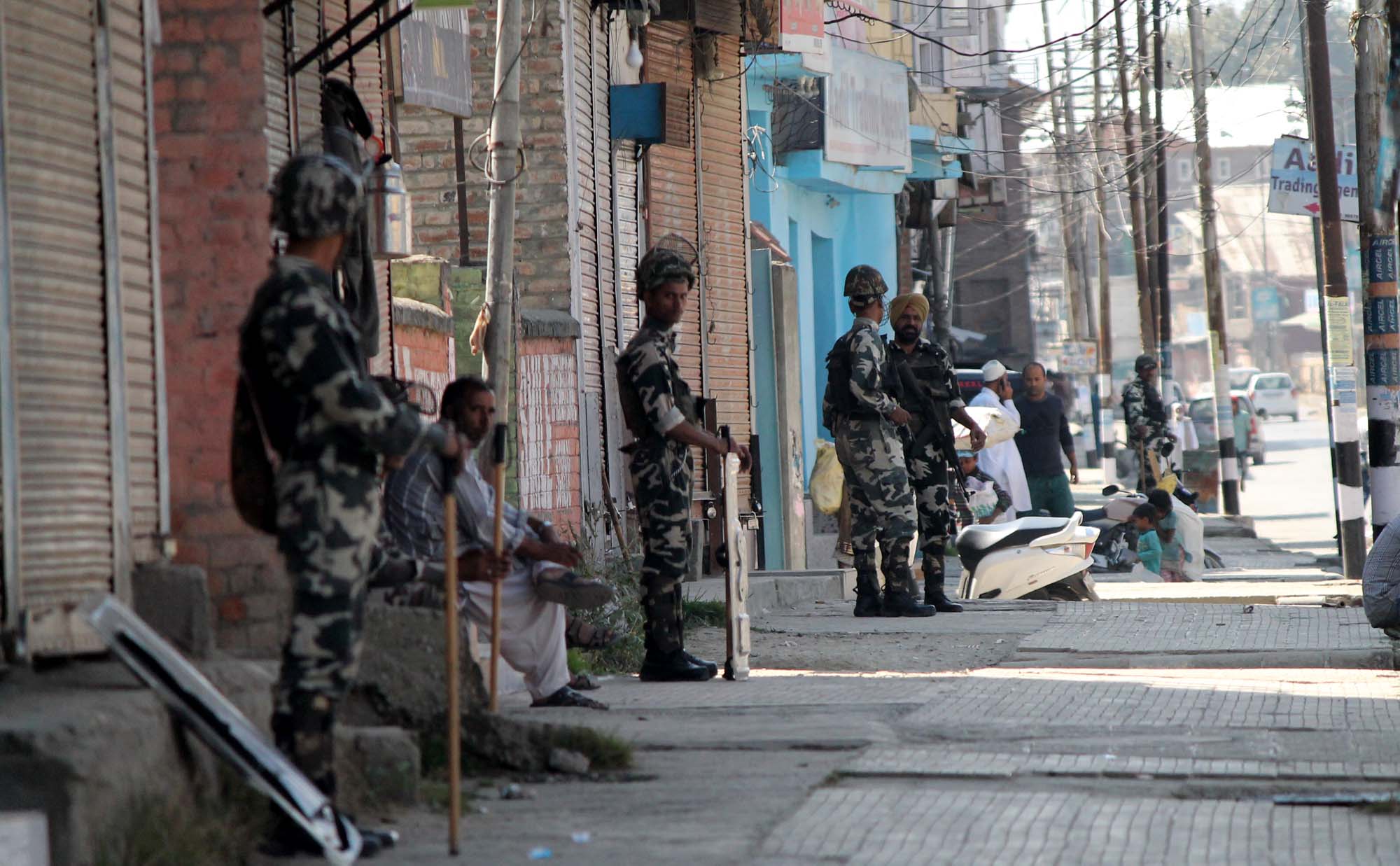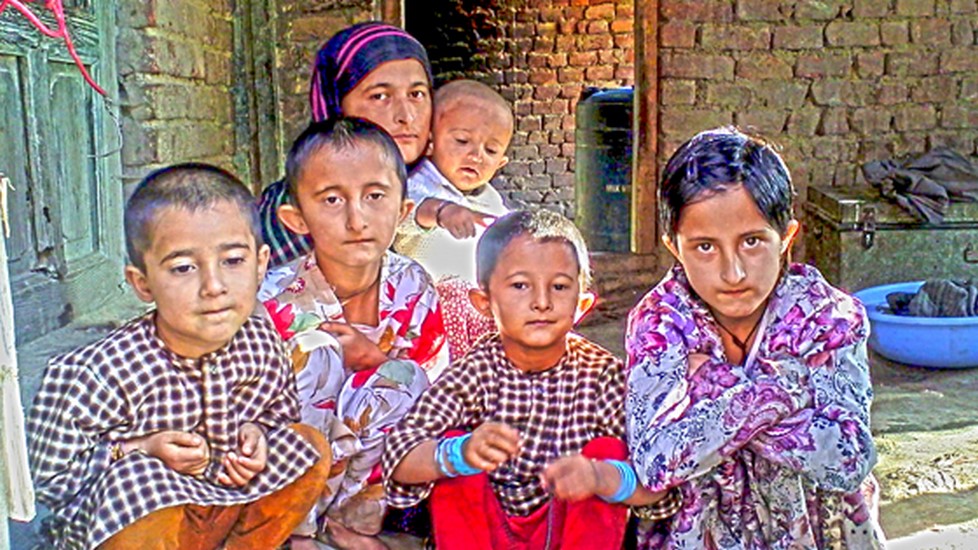Video By: Basharat Amin | Article By: Nusrat Ali
The traditional theatre art of Kashmir which has played a crucial role in communication in the past hundreds of years is called as ‘Bandi Pethir’. The artists are giving away this folk form of theatre and the art is on the decline from the last several decades. Although various people started working for the upliftment of the art. But, several artists from Wathora of Budgam village (which is known for Bhaand community) have been choosing other work.
Bandi Pethir is popularly known as “clown play”. A body of such farcical plays had been preserved through oral tradition. This was previously spelt as Bhand Pather that means a distinct Kashmiri performing art combining mimicry, buffoonery, music, and dance, which emerged some 2000 years ago and reached its culmination in the tenth century.
Scholar Triloki Nath Ganjoo said: “Bandi Pethir was never an amusement. They were lamenting, they were mourning, trying to get their cries and sorrow to reach the king’s ear. It was a people’s instrument that was very strong and communicative.”
Historically, according to Ganjoo, bhand pather aimed at doing away with the ills of the rulers, society, and governments. Ganjoo traces its existence in Kashmir to the 5th or 6th century CE. “Almost every zilla of the Valley had a group,” said Ganjoo. “Their traditions and styles differed, they were not educated but belonged to families that had been in the art for generations.”
This folk art that once occupied centre stage as a powerful medium of mass communication, seems to be on the brink of extinction. The lack of a theatre culture left Bhands without a formal structure to perform after the street was lost to threatening political environment. The art was never reinvented once it went off the street. The art that once thrived in rural spaces is now dependent on the patronage of the state or art conservationists who host a few performances on stage every year.
“State Cultural Academy organizes the programme once a year. They also support the Artists financially but that is not enough to preserve this Art form’, says Manzoor ul Haq, an Artist. “Most of the artists have shifted to other manual work while younger generation is not interested to learn this Art form”, adds Manzoor.
Artists have been driven to other professions, such as weaving wicker baskets for kangris (firepots used in chilling winter), woollen sweaters, and carpets. Their part time jobs are mostly to work as masons, carpenters, and shopkeepers.












